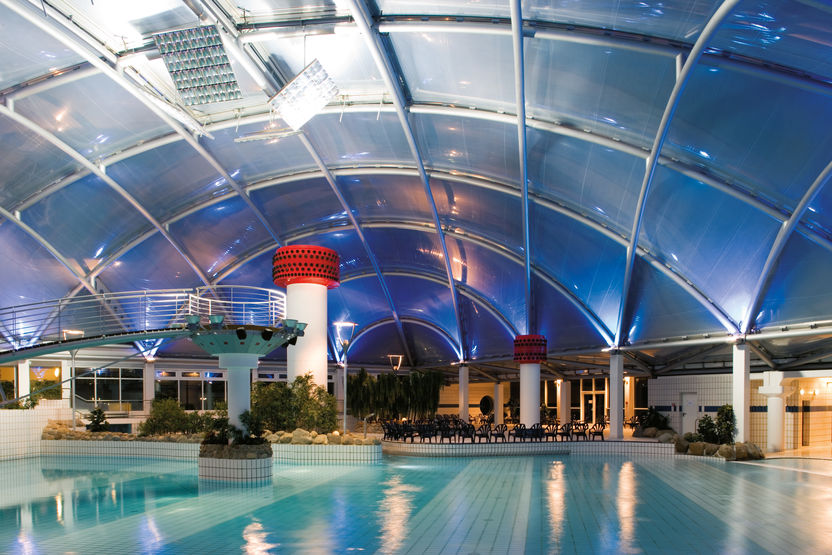
Visual comfort

Visual comfort is the result of shapes, colours, contrast and other factors depending on room design and lighting in the visual task periphery. It indirectly influences the perception of the visual task.
High visual comfort means that the surroundings have a suitable appearance from the perspective of the workstation. Poor visual comfort is characterised by the surroundings appearing unsuitable to the observer, which leads to irritation.
Visual comfort is closely connected to the need for orientation (see following paragraph). It conveys a feeling of well-being for working people and thus indirectly contributes to increased productivity.
Quantitative quality criteria for lighting, particularly the level of illumination, are complemented by qualitative criteria: Limitation of direct and reflected glare, balanced ratio of light and shadows (shadow detail), good light colour as well as colour rendering and above all a balanced distribution of brightness and darkness, luminance distribution in the entire field of vision, even and especially when it is not part of the immediate field of vision. Conference rooms, offices and leisure facilities for sports and recreation require visual comfort conditions for motivation in addition to good visual conditions. In premium sales boutiques, representative meeting rooms and entrance areas, visual comfort is a key planning objective.